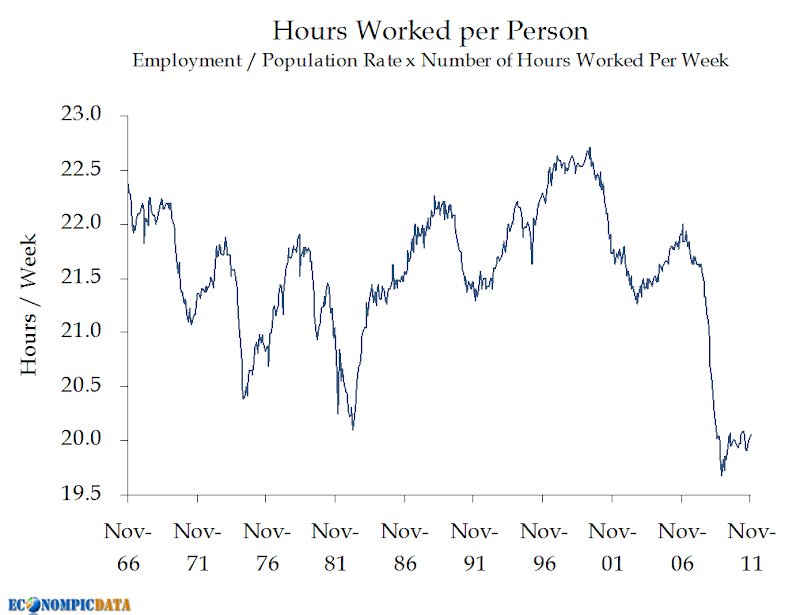
1) I retired from blogging
2) I un-retired from blogging
3) I moved across the country
4) I found out my wife was pregnant (with our first child) the first night in our new place post-move
5) I quit my job (it involved commuting away from where I moved to each week... a kid [see point #4] made that a non-viable option for us)
6) I called everyone I knew who may have known someone in the city I moved to, met 100's (literally) of people for coffee, lunch, dinner, and drinks, then interviewed... then interviewed... then interviewed. Did I mention, I interviewed?
7) Had an amazing kid (though he is still in "blob" phase [i.e. he can't do much except eat, sleep, and sh@t, but he does them very well])
8) In the past month I have received three job offers! (I understand how lucky I am as, amazingly, two of them sound ideal. It will be a tough decision)
So a new job, a new city, and a new kid. I can only hope that 2012 is as great, but MUCH slower.
EconomPic in Review
1) Emerging Market Rotation Strategy
2) Unsustainable: Transfer Payments
3) Secret Sauce Continues to Grip It and Rip It
4) Gold Model Still Rocking
5) China Owns Lots of Paper
Not a surprise that 4 of 5 were asset class (rather than economic data point) related. Asset class posts tend to get linked to by financial blogs / forwarded more, which drives traffic whereas most of my readers that are interested in economic data view the blog via an RSS feed.
Videos of 2011
Reader GYSC says I have good taste in music, so that is all the encouragement I needed to list all the live performance music videos posted at EconomPic during 2011 (quite an eclectic mix I must say, which I hadn't realized started in January and ended in December with The Black Keys)
The Black Keys - Gold on the Ceiling
Fugazi - Waiting Room
AWOLNATION - Sail
Sublime - Badfish
Broken Bells - The Ghost Inside
The Decemberists - The Wanting Comes in Waves
Edward Sharpe and the Magnetic Zeros - Home
Jay-Z + Toto = Girlfriend in Africa
ThePETEBOX (cover of The Pixies) - Where is My Mind?
Iron and Wine (cover of the Postal Service) - Such Great Heights
The Strokes - Under the Cover of Darkness
The Black Keys - Tighten Up
Happy New Year!!!!

















































